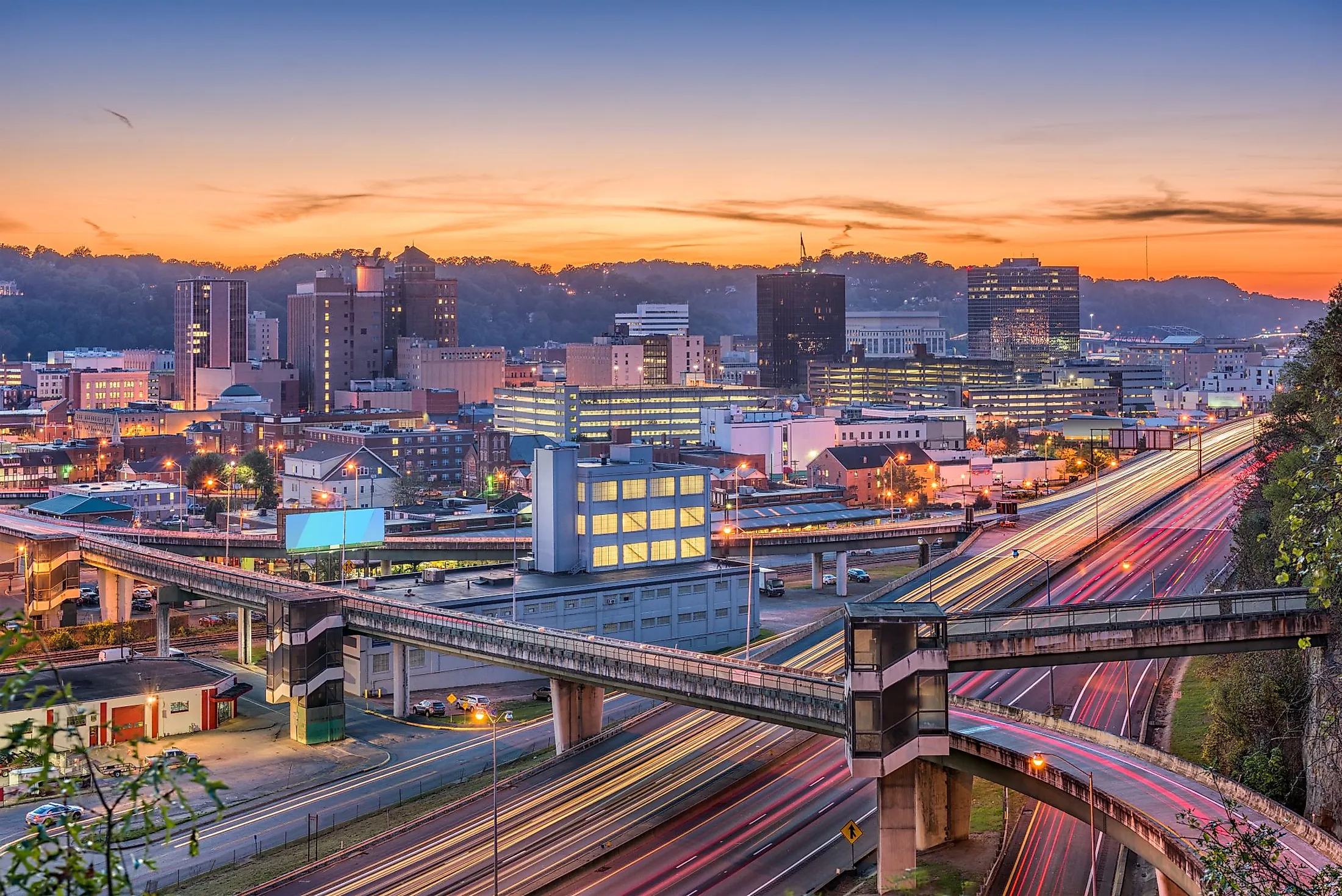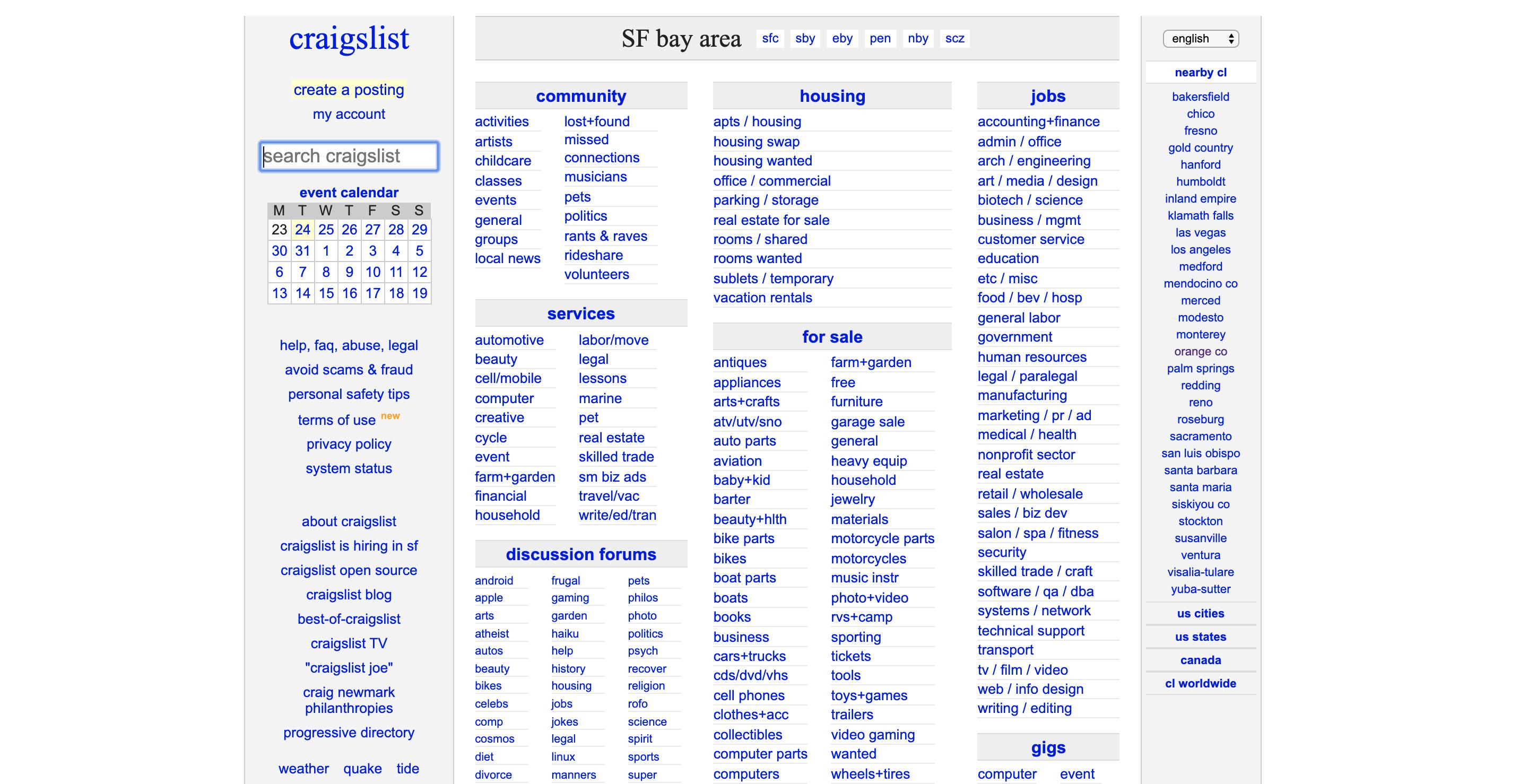The Ultimate Guide to Craigslist Pittsburgh: A Critical Examination
Introduction
Craigslist, a ubiquitous online classifieds platform, has had a profound impact on local communities worldwide. Its Pittsburgh iteration, "The Ultimate Guide to Craigslist Pittsburgh: Your Path to Local Success," has emerged as an indispensable resource for residents and visitors alike. This essay critically examines the complexities of this guide, exploring its strengths, limitations, and broader implications.
Thesis Statement
This essay argues that while "The Ultimate Guide to Craigslist Pittsburgh" provides a comprehensive directory of local resources, it presents a limited perspective on Pittsburgh's diverse neighborhoods, obscuring systemic issues that shape the city's real estate market and economic landscape.
Evidence and Analysis
1. Comprehensive Directory of Local Resources
The guide excels in providing a user-friendly directory of local businesses, events, and services. It offers detailed listings across various categories, including housing, jobs, goods for sale, and community events. By aggregating this information in one place, the guide facilitates convenient access to local resources, fostering a sense of community connection.
2. Limited Representation of Neighborhoods
Despite its comprehensive nature, the guide primarily focuses on affluent neighborhoods in Pittsburgh. Listings centered around areas like Lawrenceville, Shadyside, and Oakland dominate the platform, while less affluent neighborhoods such as Larimer, Homewood, and Hazelwood receive scant attention. This disproportionate representation perpetuates existing social and economic inequalities, potentially excluding residents from underrepresented communities from participating fully in the local economy and accessing essential services.
3. Obscured Systemic Issues
The focus on affluent neighborhoods obscures systemic issues that shape Pittsburgh's housing market and economic landscape. The guide fails to address the impact of gentrification, housing discrimination, and racial wealth gaps on local communities. By presenting a sanitized version of Pittsburgh, the guide whitewashes the challenges faced by many residents.
Critical Perspectives
Critics contend that the guide's narrow focus on affluent neighborhoods reinforces existing social and economic inequalities. They argue that by failing to acknowledge the struggles of marginalized communities, the guide perpetuates a narrative that Pittsburgh is a city for the privileged few.
On the other hand, supporters maintain that the guide serves its intended purpose of providing a comprehensive directory of local resources. They argue that it is not the platform's responsibility to address broader social issues. Instead, they suggest that users can navigate the guide critically and seek out information beyond its confines.
Scholarly Research and Credible Sources
Research on urban inequality has shown that gentrification and housing discrimination disproportionately affect low-income and minority communities. A study by the University of Pennsylvania found that gentrification can lead to displacement, increased housing costs, and reduced access to essential services. News articles from The Pittsburgh Post-Gazette and The Incline have highlighted the ongoing challenges faced by underrepresented communities in Pittsburgh.
Conclusion
Summary of Main Arguments
Broader Implications
The findings of this essay highlight the need for critical consumption of online content. Users should be aware of the potential biases and limitations of any platform and seek out diverse perspectives to form a comprehensive understanding of their communities.
Moreover, the guide's narrow representation of Pittsburgh raises larger questions about the role of digital platforms in shaping urban landscapes. As online resources become increasingly influential, it is crucial to ensure that they represent the diversity and complexity of the real-world communities they serve.
Finally, this essay underscores the importance of addressing systemic issues that shape urban inequality. By bringing these issues to light, we can foster a more inclusive and equitable society where all residents have equitable access to local resources and opportunities.



